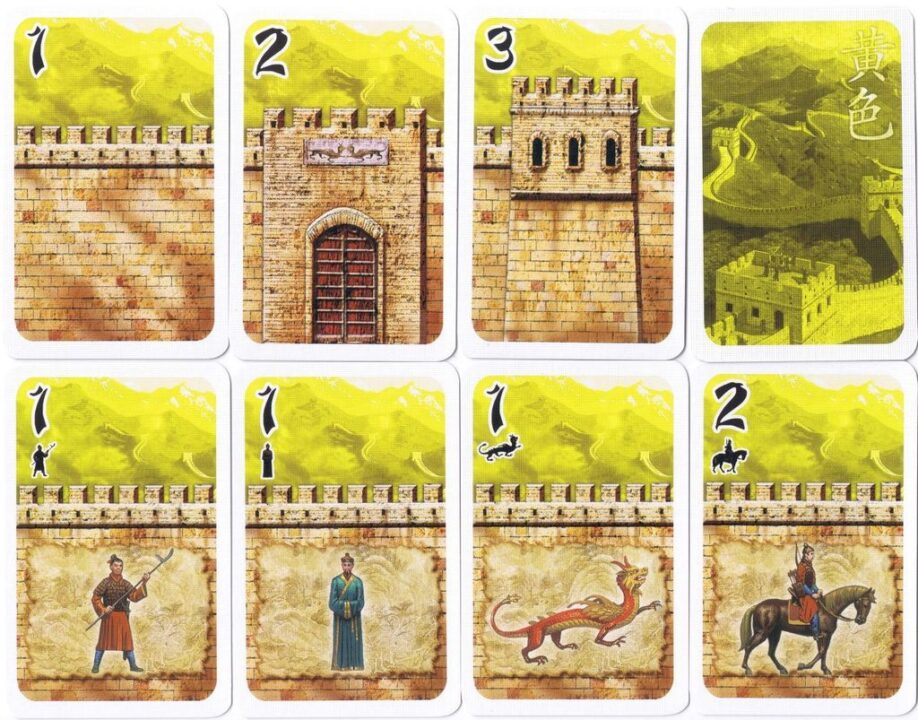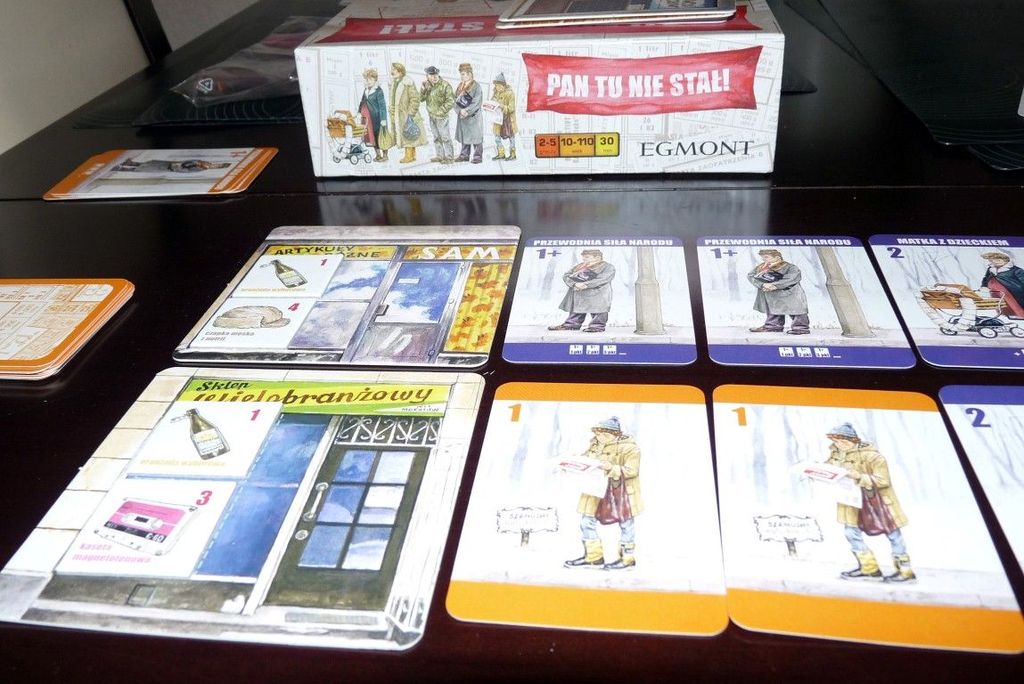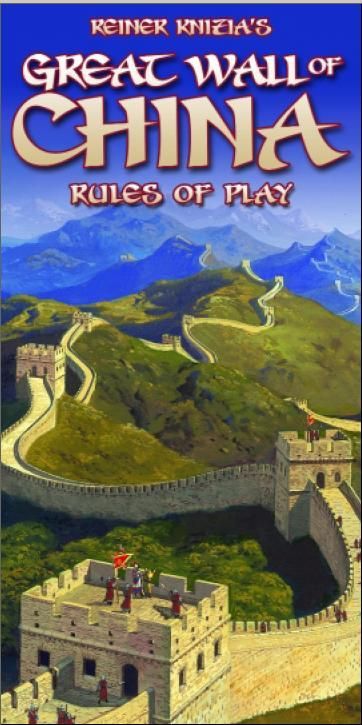Hey there, fellow board game lovers! Buckle up, because today we’re reviewing a true gem: Great Wall of China. With its stunning design and engaging gameplay, this game promises a thrilling strategic experience. But does it stack up to the hype, or does it crumble like, well, an ancient wall? Let’s find out together as we explore the ins and outs of this intriguing game!
“`html
How It Plays
Setting Up
First, gather your friends around a table and unbox the majestic Great Wall of China. Lay out the board, distribute player pieces, and set the resources nearby. Make sure everyone knows their role, whether building or protecting this wonder.
Gameplay
Players take turns using cards for actions like building, gathering resources, or defending. Strategic decisions and alliances play a huge role. Keep an eye on the opponents as they might outsmart you with well-timed moves.
Winning the Game
To claim victory, a player must complete sections of the wall while keeping the resources balanced. The player who has the most points, calculated from various tasks completed, reigns supreme.
“`
Want to know more? Read our extensive strategy guide for Great Wall of China.
Mastering the Strategy: Great Wall of China Gameplay
Playing “Great Wall of China” is like being a master tactician in an epic historical setting. The game demands cunning and wits, as you step into the shoes of ancient strategists trying to build the greatest wall ever known. I remember one game night when Alex, my friend, laid a perfect trap for me. Who knew walls could be so sneaky? This game is all about outsmarting your opponents, and trust me, it’s as intense as a chess match played with actual walls!
Strategically, “Great Wall of China” is a delicious blend of resource management and tactical warfare. You must decide where to place your workers and how to manage your resources effectively. I once tried to hoard my resources, thinking I’d save them for a rainy day. Instead, I ended up with a virtual wall that didn’t even make it into the top three! Timing is key, and learning when to build, defend, or attack is crucial.
However, luck sometimes sneaks into the gameplay, like a cat burglar in the night. When the draw of resources or event cards don’t go your way, it can feel like you’re facing the Mongol horde with a dishwasher. That’s where strategy and adaptability come in, turning the tide in your favor. I appreciate that despite the element of luck, skill is the deciding factor in most games, making it a joy for strategic thinkers.
Next up, let’s explore the visual feast that is the Great Wall of China’s design and components. Ready your eyes for something magnificent!

The Artistry and Components of the Great Wall of China Board Game
When I first cracked open the box of the Great Wall of China board game, it felt like I was uncovering a treasure chest. The artwork in this game is nothing short of captivating. Seriously, it’s like they hired the Picasso of board games. Each card and tile is richly illustrated, transporting you back to ancient China with a style that could make even the most avid art collector pause to admire.
I’ve got to give a shout-out to the game’s components too. The pieces are sturdy and made of high-quality materials. No flimsy cardboard here! The plastic miniatures are finely detailed and feel substantial in your hands – a true testament to the game’s focus on quality. The beauty of the wall itself, constructed as the game progresses, adds both a visual and tactical element to the experience. It’s not just a game; it’s a work of art sitting on your table!
One minor gripe, though: the game’s sheer visual splendor might make it a bit overwhelming for the more minimalistic players out there. But, in my household, more is more, and the Great Wall of China delivers in spades. Still, it does sometimes feel like you’re playing on a tiny art gallery.
Up next, we’ll be talking about how this masterpiece of a board game fosters player interaction and engagement. Spoiler alert: this game may just have you conspiring like a clever emperor in ancient China!

Player Interaction and Engagement in The Great Wall of China
Playing The Great Wall of China is like gathering your troops for a glorious siege. This game thrives on player interaction, and if you’re someone who loves to outwit their pals, you’re in for a treat. I once played this game with my friend Carla, who decided to be the sneakiest strategist. She said, “Every time I play, I feel like I’m in an episode of Game of Thrones!” And honestly, she wasn’t too far off.
The game’s essence lies in outsmarting your opponents. You have to negotiate and sometimes betray alliances, which adds a delightful mix of tension and camaraderie. Players must keep an eye on each other’s plans, deciding when to assist or sabotage. Once, my friend Alan helped me build a section of the wall, only to later charge me double in resources. Crafting alliances and breaking them at the right moments keeps every game fresh.
Players can influence each other’s decisions, making it an engaging game of constant adaptation. The game demands your full attention and rewards it with memorable social dynamics, laughter, and the occasional friendly grudge. Our group ends up talking about our play sessions for weeks, reliving those moments of surprise and plotting.
As we move on to the next tower of exploration, we’ll lift the veil on Rule Clarity and Learning Curve—who doesn’t love a good rule book, after all?
Rule Clarity and Learning Curve in the Great Wall of China
When I first cracked open the Great Wall of China box, I felt like a kid unwrapping a mysterious present. But, as with many relationships, the initial excitement was tempered by moments of confusion. The manual is thicker than Aunt May’s Christmas meatloaf, and deciphering it required more than one chocolate break.
The language of the rules reminded me of Uncle Bob’s jokes—dense and sometimes missing the punchline. Getting through the rulebook was a bit like climbing an actual wall; I needed a little help from my friends (and maybe a YouTube video or two) to truly grasp the game. However, once we understood what was happening, everything began to click into place like a well-played game of Tetris.
The learning curve for the Great Wall of China is reminiscent of my first attempt at making sourdough; initially challenging but ultimately rewarding. It’s not the kind of game you can jump into without some prep work. Be prepared for a few trial and error sessions before things really start to flow. But, oh, the stories you’ll tell once you get there!
If you’re the kind of gamer who enjoys a bit of a brain workout, this game offers just the right amount of challenge without feeling like an unsolvable puzzle. Grab your favorite thinking cap, and some snacks, and give it a go.
So, would I recommend the Great Wall of China? Yes, but only if you enjoy a challenge. It’s a game that rewards persistence and exploration. Now, go forth, strategize, and conquer!
Conclusion
After playing Great Wall of China with my buddies, I can say it’s a solid strategic game. Its captivating design and engaging player interactions make for a memorable experience. Yes, the rules are dense, and luck plays a role, but the strategic depth makes up for it. If you’re into challenging games that keep you on your toes, this one’s for you. Wrapping up my review here, I recommend giving it a try. Just watch out for your friend’s poker faces!


